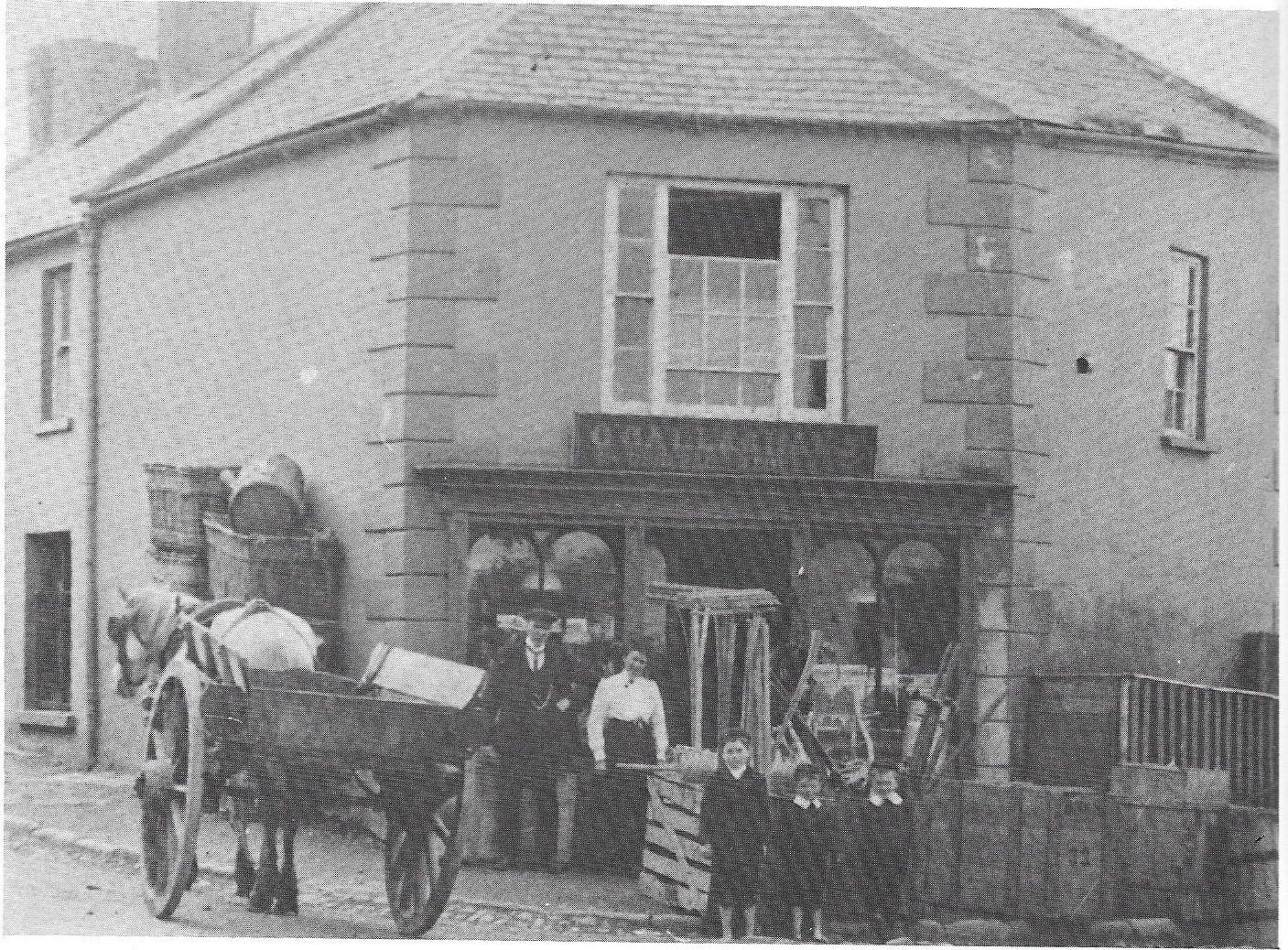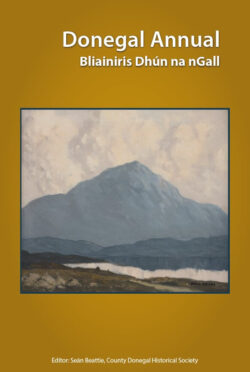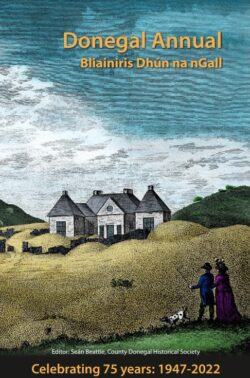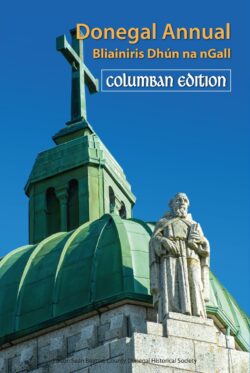The parish of Malin had the unusual distinction of having two agricultural credit societies in 1901. The Aughaclay Society was established on 21 July 1901 with a loan from the Department of Agriculture. By 1914, deposits amounted to £1,764. Most deposits were for sums of between £200 and £300. Loans were available to those living in the parish. The Chairman was Fr. James Morris, PP, a native of Greencastle in Co. Tyrone who was educated at the Irish College in Paris. Interest of 4% was paid on deposits and loans were charged at 5%. It was a prosperous time in north Inishowen and by 1910 there were 325 depositors. In 1911, 171 loans were given out and the average was around £6. A total of over £1,000 was paid out in loans that year.
The Malin Head Society was much smaller and had only a few hundred on deposit. Payments were not allowed by instalments and the full amount had to be paid at the end of the term. Typically £10 would buy a cow and £20 would be needed for a horse. Both societies were well managed which was fortunate as there was no state control. In fact the history of loan funds in Donegal is a sorry one usually ending in bankruptcy. Both Malin societies incurred no bad debts.
Malin Town had also a thriving post office savings bank which in 1901 had deposits of £4,579 so the parish had three financial institutions. There was also a bank in Carndonagh and some Malin people would have money on deposit but such banks catered mainly for strong farmers and landlords.
Fr. Morris admitted there was a substantial money-lending scheme in operation in the parish run by local shopkeepers but he was unable to quantify it, although he had suspicions. Fr. Morris attempted to stop people going into debt with local shopkeepers and suggested they stop buying tobacco and clear off shop debts instead. Tobacco was cheap in the area as bales were offloaded from sailing ships returning from America and these were usually transported to Derry. A lucrative tobacco smuggling trade was in existence and smoking was rife in the community even among the poor.
For further information on deposits in savings banks see Donegal Annual 2011. Statistics such as those given above are useful to historians who attempt to assess levels of poverty. It is clear from these figures that one hundred years ago there were hundreds of families living comfortably in Inishowen. To close, I find it hard to accept that all shopkeepers were gombeen men. My grandparents ran a pub and grocery store in the 1800s at Termacroragh, Culdaff and I never heard any stories about exploitation. On the contrary, Cardinal O’Donnell of Raphoe once said that shopkeepers were the mainstay against famine in Donegal because they were prepared to give credit when food was scarce and crops were being planted. Most people paid off their debts in harvest time. It was customary to give children a few sweets when they were sent on messages to local shops. I estimate that in my own area, there was a shop within walking distance of everyone, certainly within two miles. The last village shop was Mary O’Donnell’s in Ballyharry.








Leave a Reply